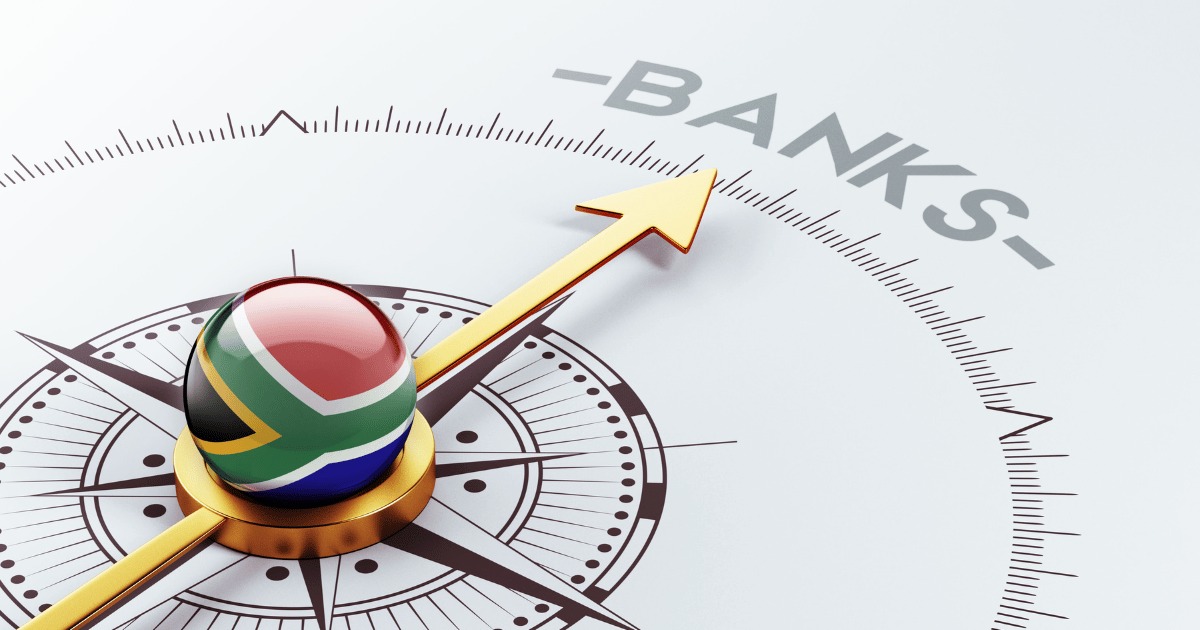Business
Interest rates in South Africa: Why the Reserve Bank is holding steady

Inflation is still under control, but heading upward
South African households have been hoping for some relief on the interest rate front, but economists now believe the Reserve Bank is unlikely to cut borrowing costs before the year is out. Inflation rose to 3.5% in July, up from 3% in June, still within the Bank’s target band of 3% to 6% but trending upwards.
The biggest drivers of this rise were food and utilities. Shoppers have felt it in the price of basics like meat and vegetables, while municipal tariff hikes have made daily life more expensive. Water charges increased by 12.1% this year, compared to 7.5% last year, and electricity by 10.6%. New additions to the inflation basket, including refuse collection and sewage removal, also pushed the numbers higher.
Without these government-controlled costs, inflation would have been closer to 3.1%.
Why the Reserve Bank is cautious
Experts agree that the Reserve Bank prefers to keep inflation close to 3%, and the current direction of prices makes a cut difficult. Adrian Pask of PSG Wealth pointed out that while inflation is still relatively low, the upward trend is what matters.
Pooja Tanna from Perpetua Investment Managers echoed this, saying that although food inflation had spiked, she does not expect a dramatic surge. She believes the ceiling will stay below 4% by the end of the year, but the safest move for the Bank is to pause. Both the September and November meetings are expected to leave rates unchanged.
The good news is that hikes are also off the table. Tanna explained that the Reserve Bank is more likely to sit tight rather than risk fuelling further pressure on households.
The global factor: eyes on the US Federal Reserve
There is still a small chance of movement. The United States Federal Reserve has hinted at further cuts this year, and if it does, South Africa could follow.
Investec’s Annabel Bishop noted that markets now expect at least two more US cuts before year-end, which has already weakened the dollar and strengthened the rand. A stronger rand helps South Africa by making imports cheaper, which can relieve inflationary pressure.
Nedbank’s chief economist Nicky Weimar argued that if local inflation remains contained, a stronger currency could give the Reserve Bank space to cut, offering households some much-needed relief.
Why it matters for South Africans
Households are carrying much of the weight of the economy. Consumer spending has been unexpectedly strong in 2025, keeping growth alive even as local producers battle with electricity costs, logistics hurdles, and weaker global demand.
Weimar pointed out that an interest rate cut would help consumers sustain this spending. Lower rates would ease pressure on families already stretched by food and utility costs while also stimulating the broader economy.
Still, the Reserve Bank’s main priority remains inflation control. For now, the safest bet is that South Africa will see no changes, and rates will remain steady for the rest of the year.
Also read: A Second Chance for Importers: What SA’s New Customs and Excise Disclosure Relief Really Means
Follow Joburg ETC on Facebook, Twitter, TikT
For more News in Johannesburg, visit joburgetc.com
Source: Business Tech
Featured Image: Arcadia Finance

















